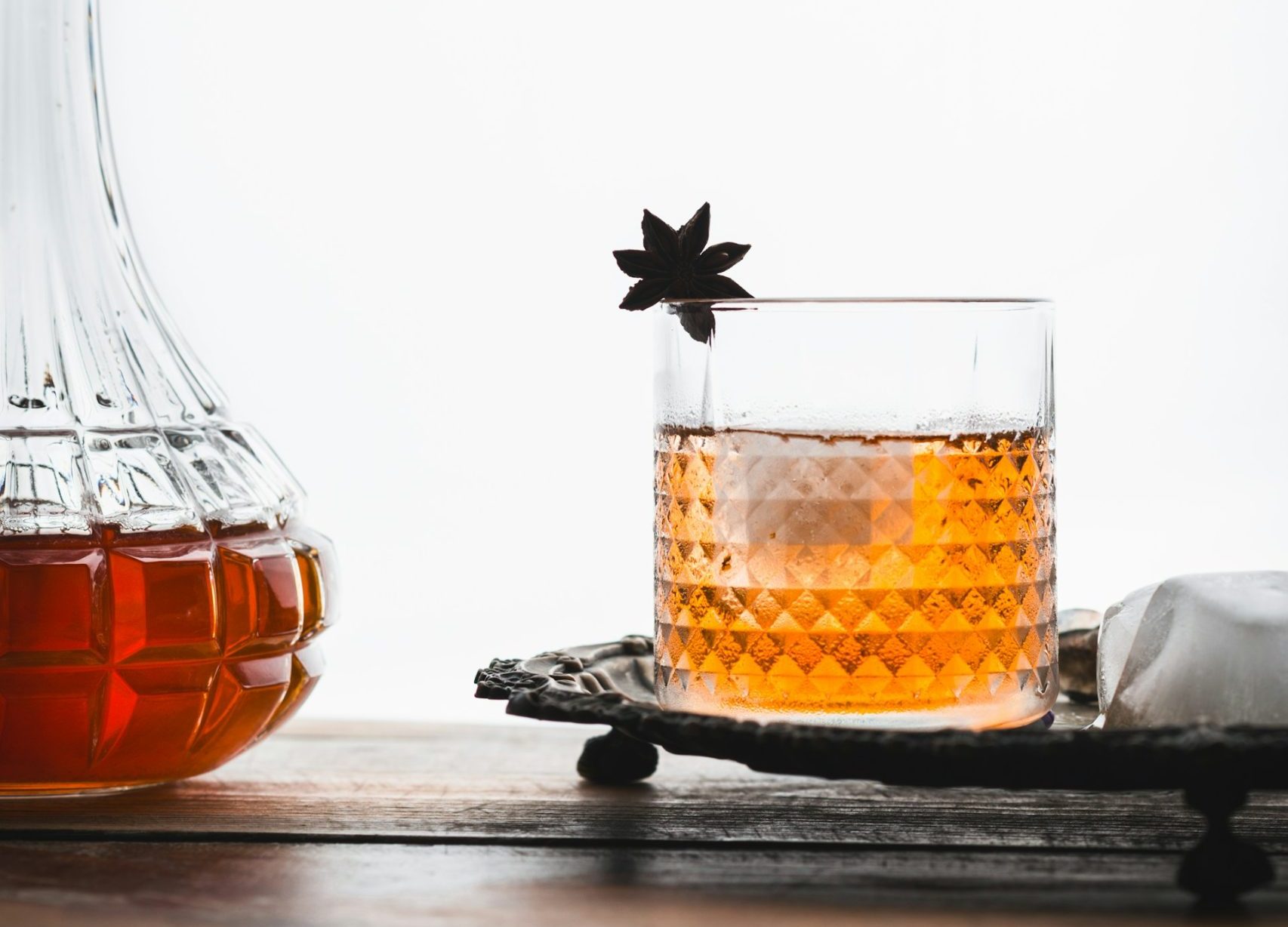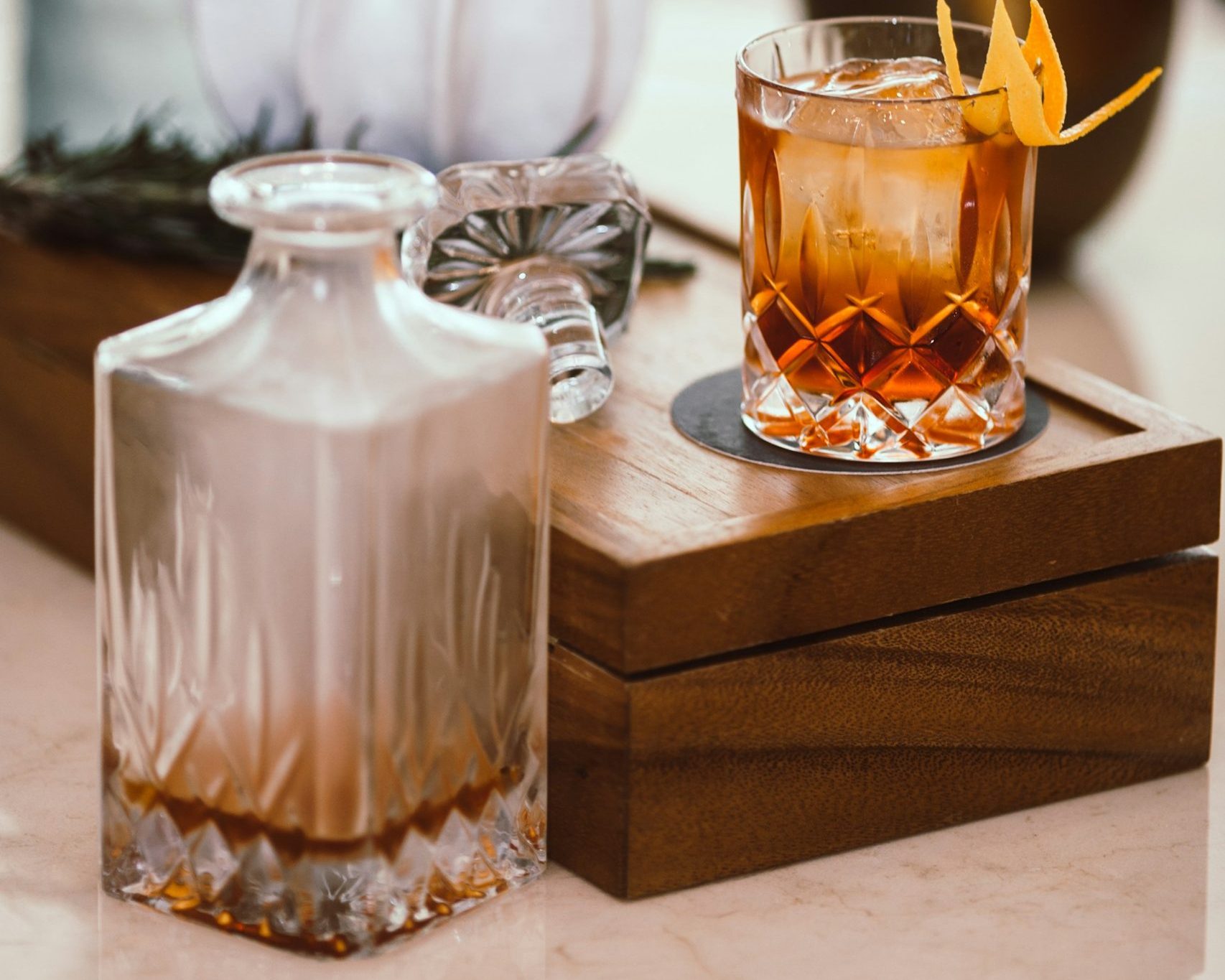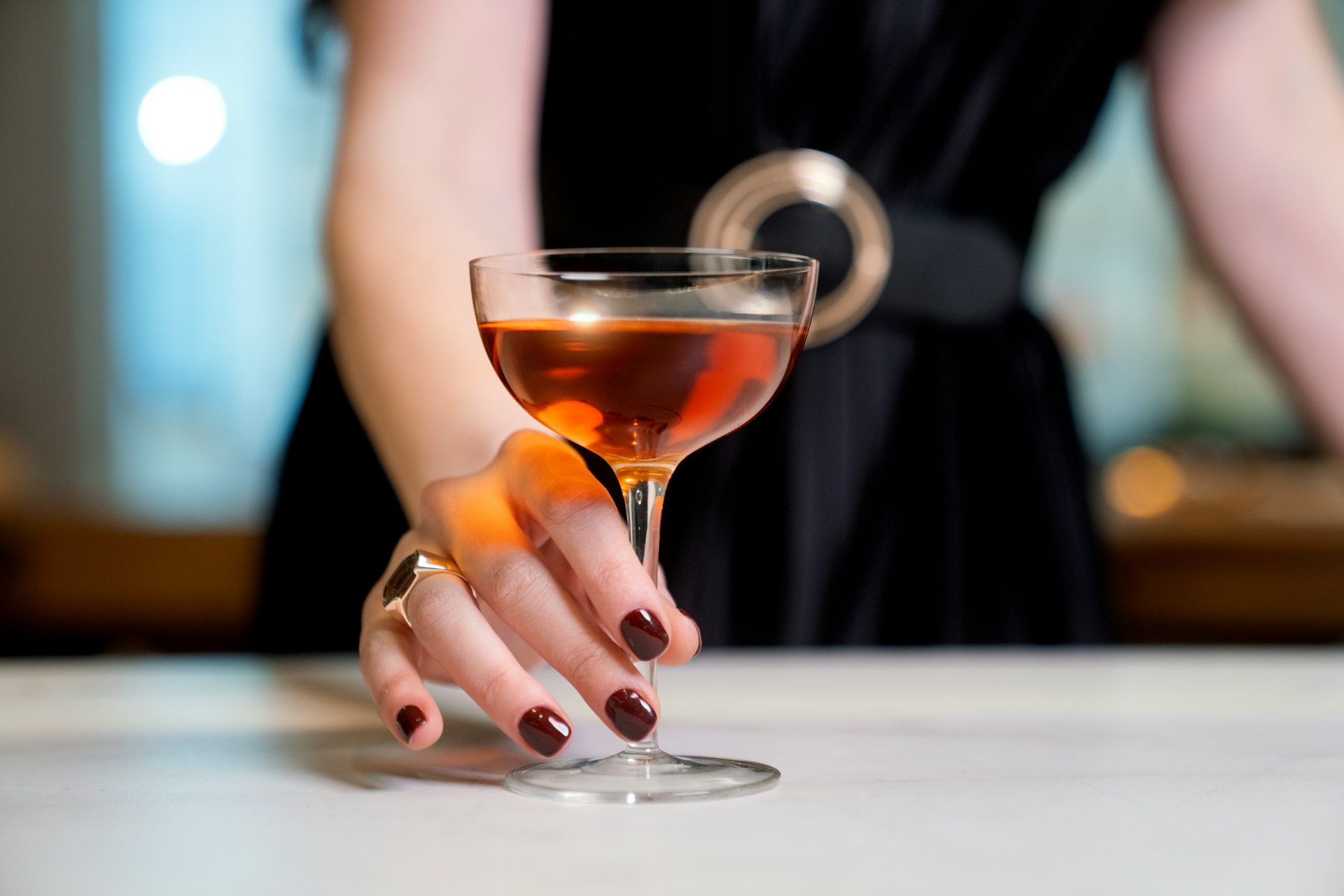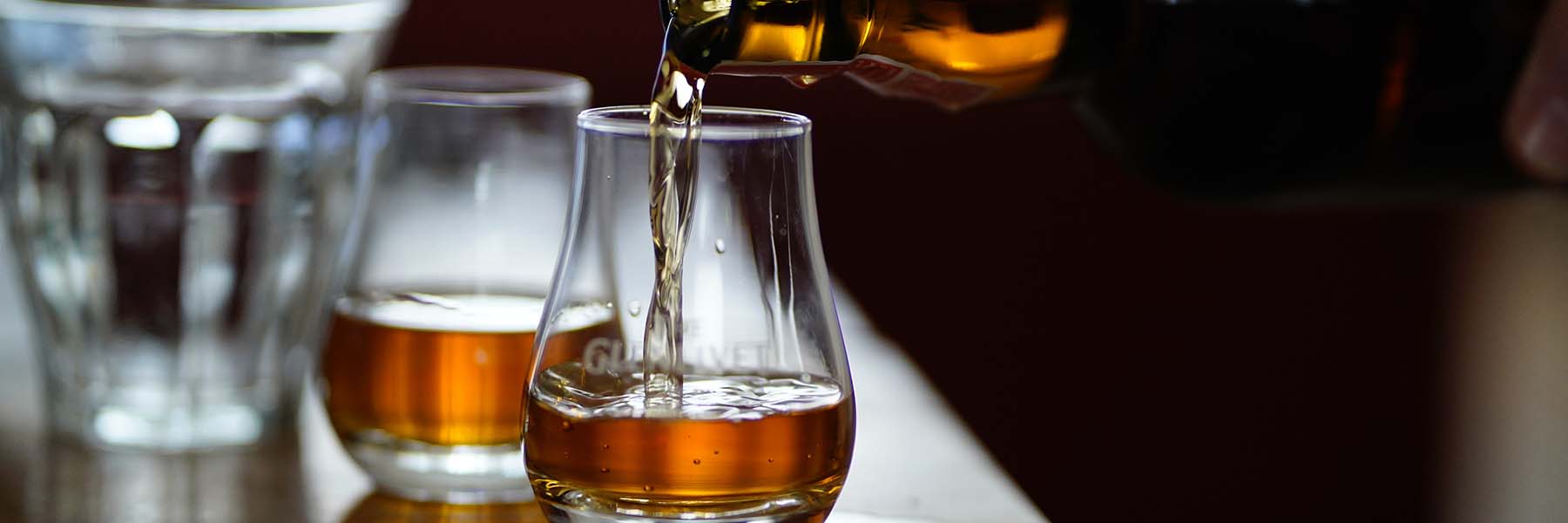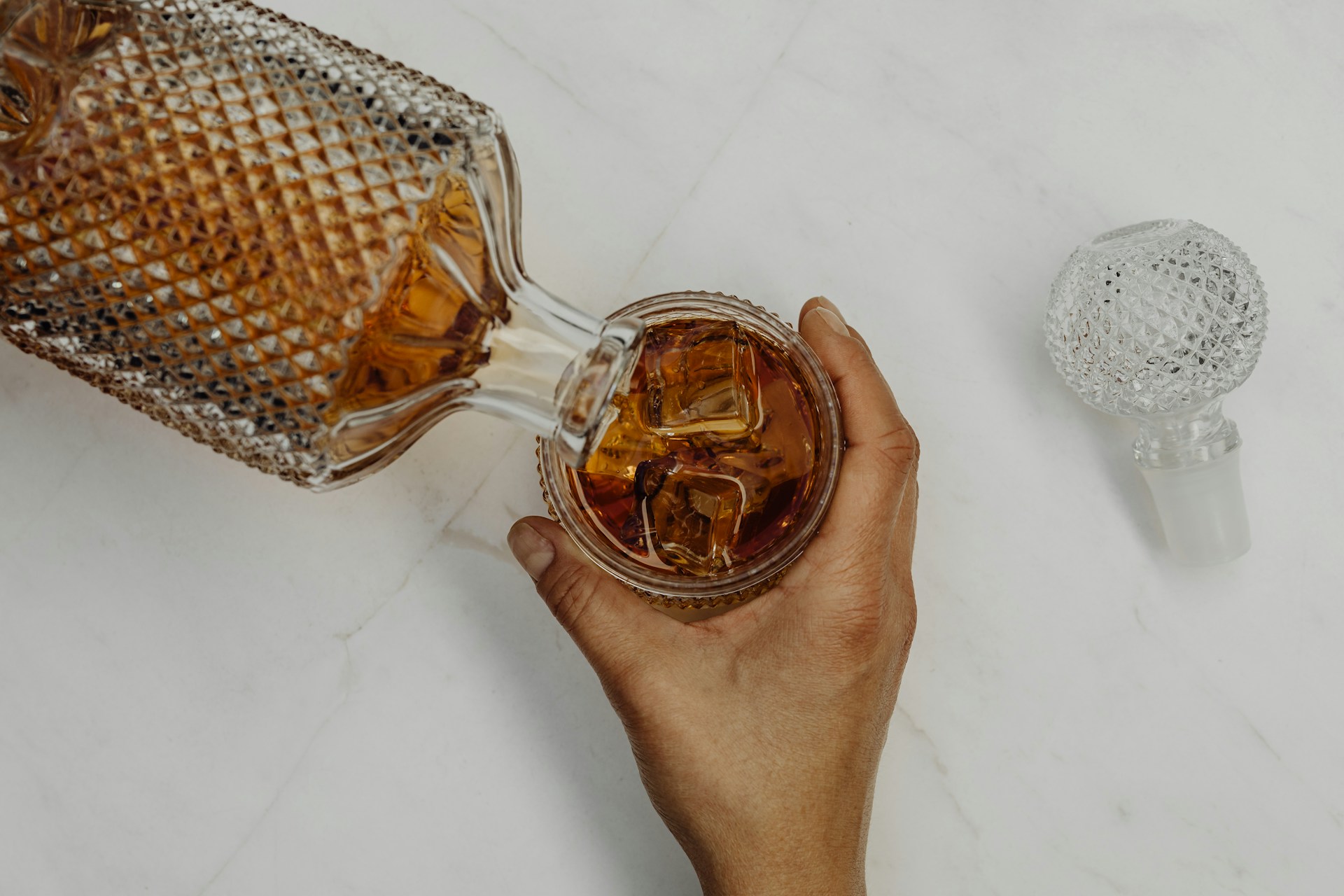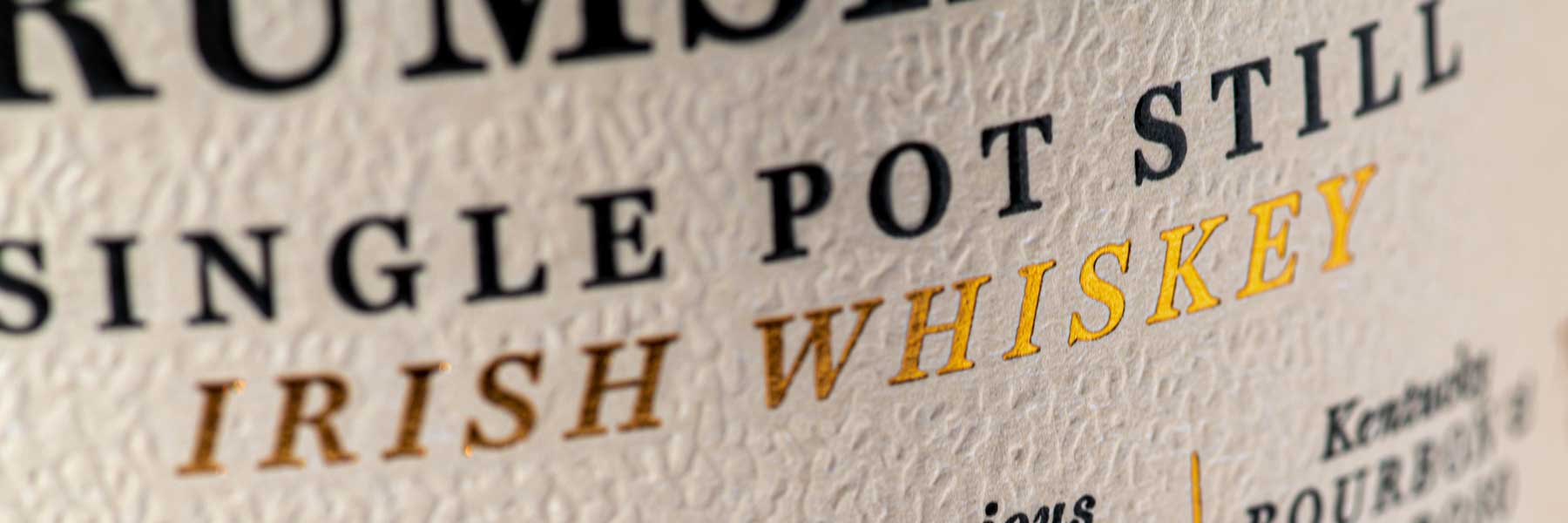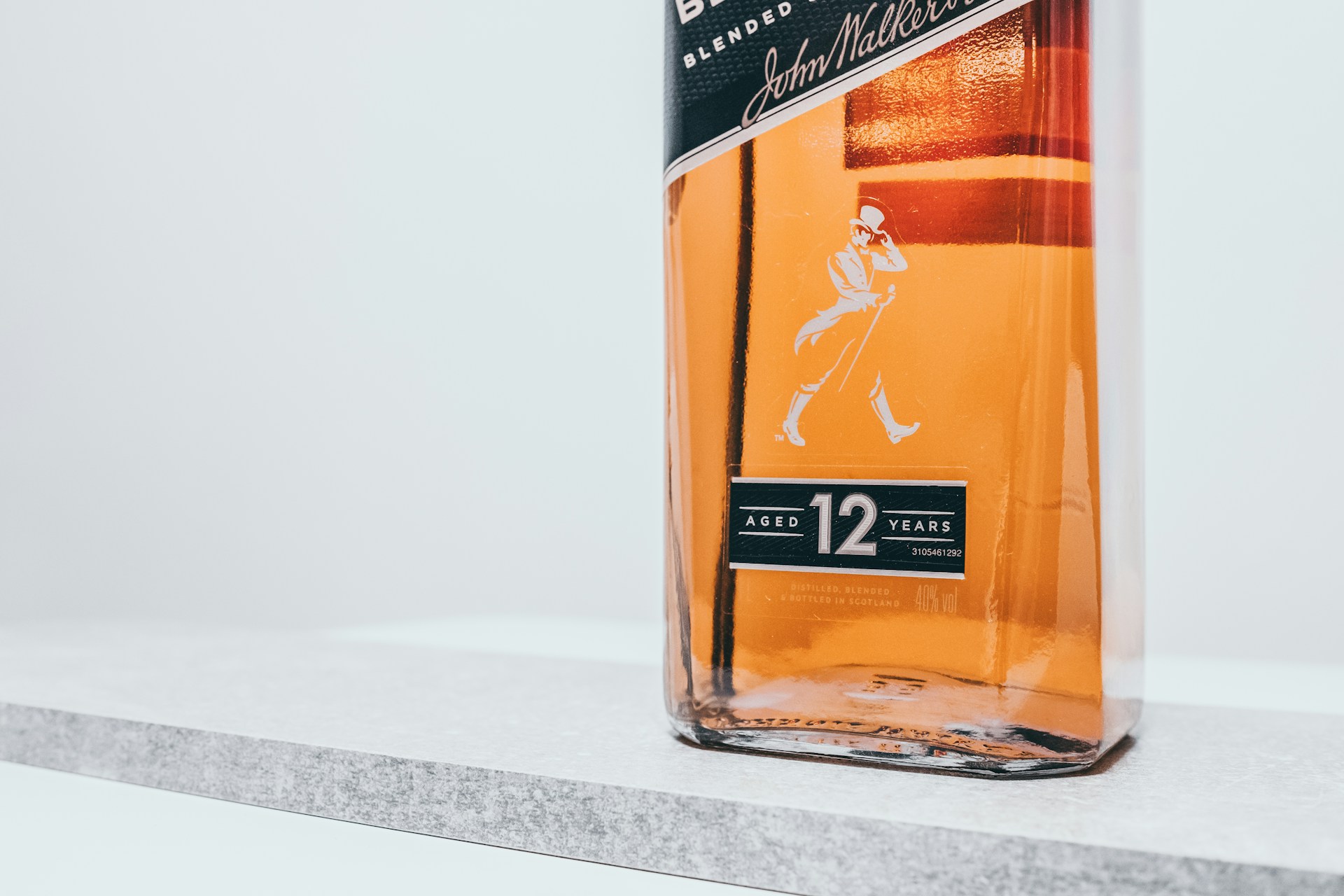Whiskey Glasses: Which Type to Use and Why
You just pour yourself a dram of your favorite whiskey. The amber liquid glistens in the light, promising a world of flavors and aromas. But wait a minute – are you sure you’re using the right glass? Before you dismiss this as pretentious nonsense, let me tell you, as someone who’s spent more time than I care to admit exploring the nuances of whiskey, the glass you choose can make a surprising difference to your drinking experience.
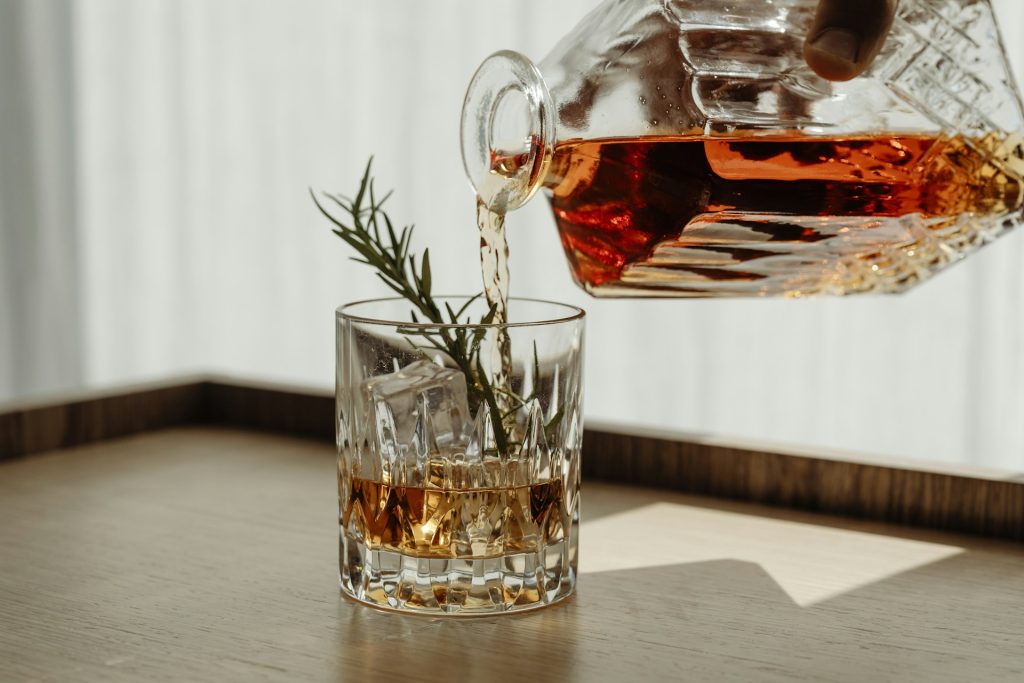
Why Does the Glass Matter?
Before we get into the specific types of glasses, let’s talk about why the glass matters in the first place. It’s not just about looking fancy (though let’s be honest, a nice glass does add to the overall experience). The shape and design of a whiskey glass can affect your drinking experience in several ways:
- Aroma Concentration: The shape of the glass can concentrate or disperse the aromas of the whiskey, which significantly impacts your perception of its flavor.
- Temperature Control: Different glass shapes can affect how quickly the whiskey warms in your hand, which can alter its taste and aroma.
- Oxidation: The width of the glass’s mouth influences how much the whiskey is exposed to air, which can change its flavor over time.
- Visual Appreciation: A proper glass allows you to fully appreciate the color and viscosity of the whiskey.
- Drinking Comfort: The shape of the rim and the weight of the glass can affect how comfortable it is to drink from.
Now that we understand why the glass matters, let’s explore some of the most common types of whiskey glasses.
The Glencairn Glass
If you’ve ever been to a whiskey tasting, chances are you’ve encountered the Glencairn glass. This tulip-shaped glass has become something of an industry standard, and for good reason.
Design Features:
- Tulip shape with a narrow mouth
- Wide bowl that tapers towards the top
- Short, thick stem
Why It Works: The Glencairn’s shape is designed to enhance the whiskey tasting experience. The wide bowl allows the whiskey to breathe and release its aromas, while the tapered mouth concentrates these aromas towards your nose. The short stem allows you to swirl the whiskey without warming it too much with your hand.
Best For: The Glencairn is excellent for nosing and tasting whiskey. It’s particularly good for single malts and other premium whiskeys where you want to appreciate all the subtle aromas and flavors.
Drawbacks: Some find the Glencairn a bit small if you’re looking to add ice or water. It’s also not ideal for whiskey cocktails.
The Tumbler (Old Fashioned Glass)
The tumbler, also known as the Old Fashioned glass or lowball glass, is probably what most people picture when they think of a whiskey glass.
Design Features:
- Wide, cylindrical shape
- Heavy bottom
- Straight sides
Why It Works: The tumbler’s wide mouth allows the whiskey’s aromas to disperse, which can be pleasant if you’re not looking for an intense nosing experience. Its sturdy construction makes it great for muddling ingredients for cocktails.
Best For: Whiskey on the rocks, whiskey with a splash of water, or whiskey cocktails like the Old Fashioned or Sazerac. It’s also great for casual sipping.
Drawbacks: The wide mouth means aromas disperse quickly, making it less ideal for nosing and tasting premium whiskeys.
The Snifter
The snifter, traditionally associated with brandy, is also a popular choice for whiskey drinking.
Design Features:
- Large, balloon-shaped bowl
- Short stem
- Narrow mouth
Why It Works: The large bowl of the snifter allows you to swirl the whiskey, releasing its aromas. The narrow mouth then concentrates these aromas. The short stem encourages you to cup the bowl in your hand, warming the whiskey slightly.
Best For: Nosing and sipping whiskey neat, particularly after-dinner drams. It’s great for appreciating the complexities of aged whiskeys.
Drawbacks: The large bowl can sometimes over-concentrate alcohol fumes, potentially overwhelming more subtle aromas. The warmth from your hand can also heat the whiskey more quickly than some prefer.
The NEAT Glass
NEAT stands for Naturally Engineered Aroma Technology. This relatively new addition to the whiskey glass family has a unique shape designed to enhance the tasting experience.
Design Features:
- Wide bowl
- Flared rim
- No stem
Why It Works: The NEAT glass’s shape is designed to direct alcohol vapors away from your nose while concentrating the more pleasant aromas. This can allow you to better appreciate the whiskey’s subtler notes without the burn of alcohol.
Best For: Nosing and tasting high-proof whiskeys. It’s particularly useful for cask-strength offerings where the high alcohol content might otherwise overwhelm the senses.
Drawbacks: The unusual shape can take some getting used to, and some find it less comfortable to drink from than more traditional glasses.
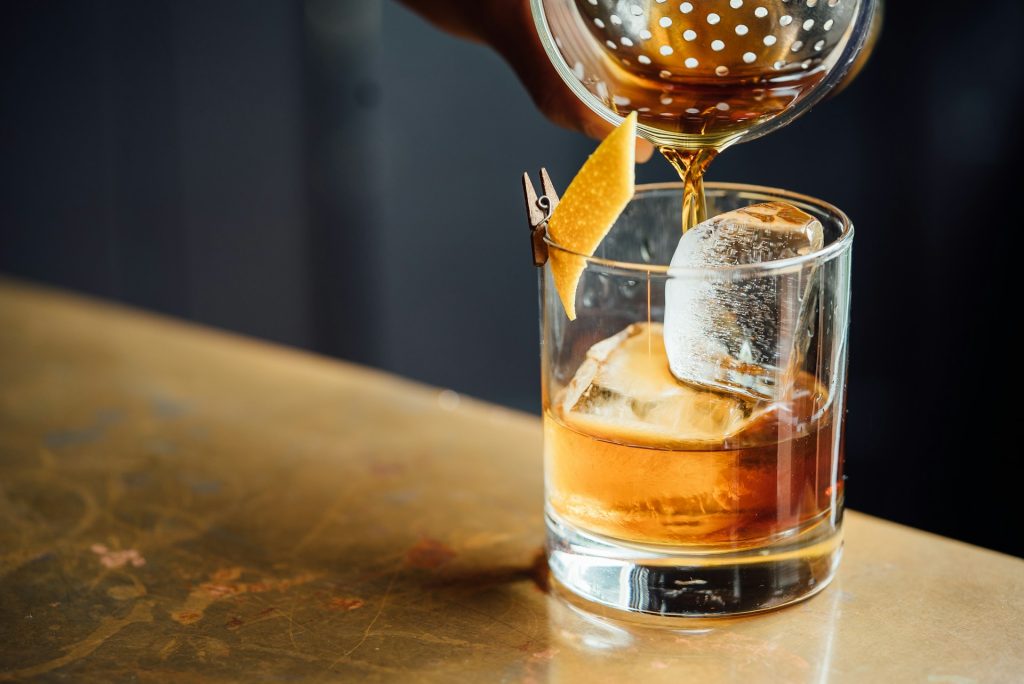
The Highball Glass
While not strictly a “whiskey glass,” the highball glass is essential for anyone who enjoys whiskey cocktails.
Design Features:
- Tall, straight sides
- Narrow cylindrical shape
Why It Works: The highball’s tall, narrow shape is perfect for cocktails with a higher ratio of mixer to whiskey. It keeps carbonated mixers bubbly for longer and allows for easy stirring.
Best For: Whiskey cocktails like the Whiskey Highball, Whiskey and Soda, or Whiskey Ginger.
Drawbacks: Not suitable for neat whiskey or serious tasting sessions.
The Copita
The copita, traditionally used for sherry, has found favor among some whiskey enthusiasts and professionals.
Design Features:
- Tulip shape similar to the Glencairn
- Longer stem
- Slightly flared rim
Why It Works: Like the Glencairn, the copita’s shape concentrates aromas towards the nose. The longer stem keeps your hand further from the bowl, preventing unwanted warming.
Best For: Professional tastings and nosing sessions. The longer stem makes it easy to swirl and examine the whiskey’s color without smudging the glass.
Drawbacks: The delicate stem makes it less practical for everyday use, and some find the nose a bit tight compared to the Glencairn.
The Norlan Glass
A newcomer to the whiskey glass scene, the Norlan glass was designed using fluid dynamics modeling to create an optimal whiskey drinking experience.
Design Features:
- Double-walled construction
- Flared protrusion forms inside
- Wide rim
Why It Works: The inner protrusions create surface tension that increases rate of oxidation, supposedly enhancing the whiskey’s flavor and aroma. The double-walled design keeps the whiskey cool while preventing condensation on the outside.
Best For: Those looking for a modern, scientifically-designed whiskey experience. It’s good for both nosing and sipping.
Drawbacks: Some traditionalists find it unnecessary, and it’s more expensive than many other options.
The Science Behind Glass Shape
You might be wondering, “Is all this fuss about glass shape really based on anything scientific?” The answer is yes! The shape of a glass can have measurable effects on the whiskey drinking experience. Let’s break it down:
Aroma Concentration: The shape of a glass can significantly affect how volatile compounds (the ones responsible for aroma) are concentrated and directed towards your nose. A study published in the journal “Foods” in 2020 used gas chromatography to measure the concentration of aromatic compounds at the rim of different glass shapes. They found that glasses with a narrower rim, like the Glencairn, concentrated these compounds more effectively than wider-mouthed glasses.
Surface Area and Oxidation: The width of a glass’s mouth affects how much of the whiskey’s surface is exposed to air. More exposure can lead to faster oxidation, which can change the flavor of the whiskey over time. This is why some people prefer to use glasses with wider mouths for longer drinking sessions, as the continued oxidation can reveal new flavors over time.
Fluid Dynamics: The way liquid moves in a glass when swirled (yes, there’s science behind that too!) can affect how much aroma is released. Glasses designed with this in mind, like the Norlan, use principles of fluid dynamics to create an optimal swirling action.
Temperature Control: The thickness of the glass and the presence or absence of a stem can affect how quickly the whiskey warms in your hand. This temperature change can have a noticeable impact on flavor and aroma.
While the impact of glass shape might seem subtle, for many whiskey enthusiasts, these small differences can significantly enhance the overall experience.
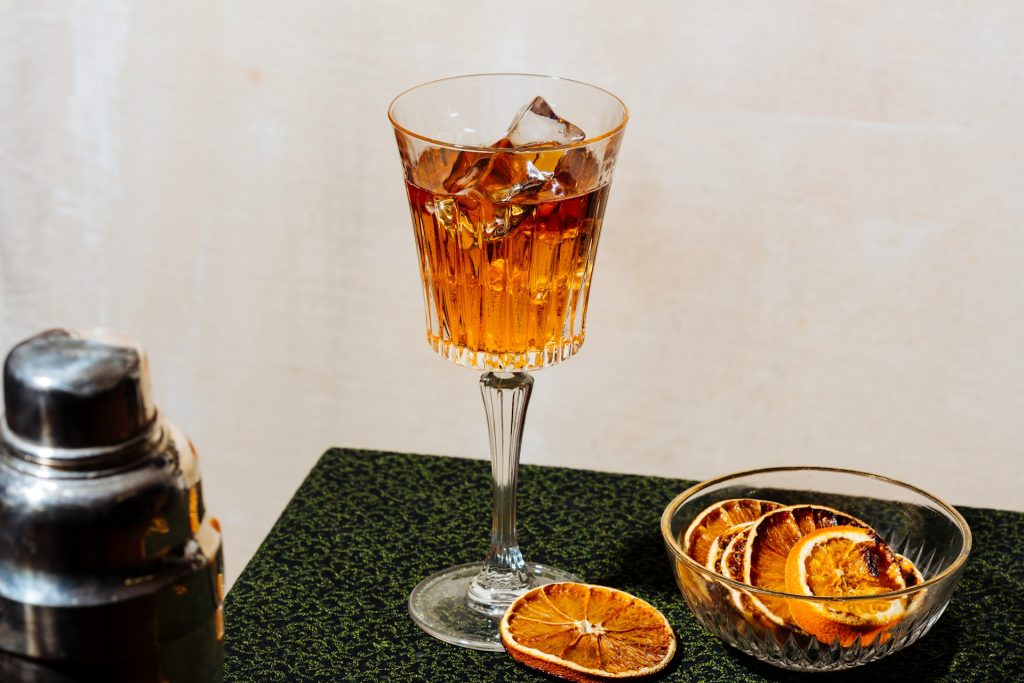
Whiskey Glasses Around the World
Just as whiskey styles vary around the world, so too do the preferred glasses for enjoying them. Let’s take a whistle-stop tour:
Scotland: Home of Scotch whisky and the Glencairn glass. While the Glencairn is popular, traditional Scottish quaichs can still be found, especially at distilleries and special events.
Ireland: Irish whiskey is often enjoyed in a tulip-shaped glass similar to the Glencairn, though tumblers are also common, especially for Irish coffee.
United States: The rocks glass or tumbler reigns supreme, particularly for bourbon and rye. This reflects the American tradition of drinking whiskey on the rocks or in cocktails.
Japan: Japanese whisky culture has been heavily influenced by Scotch traditions, so Glencairn-style glasses are popular. However, there’s also a trend towards using wide-mouthed glasses that allow the whisky to breathe more.
India: With a growing whisky market, India sees a mix of glass styles. Tumblers are common for everyday drinking, while Western-style whisky glasses are gaining popularity among enthusiasts.
Canada: Canadian whisky is often enjoyed in rocks glasses, reflecting a drinking style similar to that in the United States.
These regional preferences reflect not just drinking habits, but also cultural attitudes towards whiskey and its place in society.
Whiskey Glass Etiquette
While there’s no strict rulebook for how to handle your whiskey glass, there are some generally accepted practices that can enhance your experience and show respect for the spirit:
- Hold it Right: For glasses with stems, hold them by the stem to avoid warming the whiskey with your hand. For stemless glasses, hold them at the base.
- Swirl Gently: A gentle swirl can help release aromas, but vigorous swirling can over-oxidize the whiskey and release harsh alcohol vapors.
- Nose Carefully: Don’t stick your nose too far into the glass. The high alcohol content in whiskey can numb your sense of smell if inhaled too strongly.
- Sip, Don’t Gulp: Take small sips to fully appreciate the flavors. Whiskey is meant to be savored.
- Cleanse Your Palate: Between different whiskeys, cleanse your palate with water or a neutral cracker.
- Respect Others’ Choices: Whether someone prefers their whiskey neat, on the rocks, or with a mixer, it’s their choice to enjoy it as they like.
- Clean Glasses: Always serve whiskey in clean, odor-free glasses to ensure nothing interferes with the whiskey’s aroma and flavor.
Remember, these are guidelines, not hard and fast rules. The most important etiquette is to enjoy responsibly and respect others’ enjoyment.
DIY Whiskey Glass Ideas
For the crafty whiskey enthusiasts out there, creating your own unique whiskey glasses can be a fun project. Here are a few ideas:
- Etched Glasses: Use glass etching cream to create custom designs on store-bought glasses. This could be anything from your initials to favorite whiskey quotes.
- Repurposed Bottles: With the right tools, you can cut and sand whiskey bottles to create unique tumblers. Always prioritize safety if attempting this.
- Wood-Base Glasses: Attach a wooden base to a existing glass for a rustic, handcrafted look.
- Painted Glasses: Use glass paint to add colorful designs to plain glasses. Ensure the paint is food-safe and follow curing instructions carefully.
- Cork-Bottom Glasses: Glue a thin layer of cork to the bottom of a glass for a unique look and better grip.
Remember, if your DIY glasses are intended for actual use (not just display), ensure all materials used are food-safe and won’t affect the taste of your whiskey.
How to Choose the Right Glass
With all these options, how do you choose the right glass? Here are a few factors to consider:
- Purpose: Are you casually sipping, seriously tasting, or making cocktails?
- Type of Whiskey: Different whiskeys might benefit from different glasses. A high-proof bourbon might do well in a NEAT glass, while a delicate single malt might shine in a Glencairn.
- Personal Preference: Ultimately, the best glass is the one you enjoy using. Don’t be afraid to experiment with different types to find your favorite.
- Practicality: Consider factors like storage space, durability, and ease of cleaning.
- Budget: Whiskey glasses can range from a few dollars to hundreds for crystal options. Decide what you’re comfortable spending.
Caring for Your Whiskey Glasses
Once you’ve chosen your glasses, proper care will ensure they serve you well for years to come:
- Cleaning: Wash your glasses by hand with unscented soap and warm water. Rinse thoroughly to remove any soap residue that could affect the whiskey’s taste.
- Drying: Use a lint-free cloth to dry your glasses, or allow them to air dry upside down on a rack.
- Storage: Store your glasses upright to prevent chips and dust accumulation.
- Polishing: For special occasions, polish your glasses with a microfiber cloth to remove any water spots or fingerprints.
- Temperature: Avoid extreme temperature changes, which can cause glass to crack. Don’t put a room temperature glass directly into hot water, for instance.
FAQs
1. Do I really need different glasses for different types of whiskey?
While it’s not strictly necessary, different glasses can enhance different aspects of various whiskeys. However, a versatile glass like the Glencairn or tumbler will work well for most situations.
2. Can I use the same glass for whiskey and other spirits?
You can, but it’s best to have dedicated glasses for whiskey to avoid any residual flavors from other spirits affecting your whiskey experience.
3. Are crystal glasses better than regular glass for whiskey?
Crystal glasses are often preferred for their clarity and the way they can enhance a whiskey’s appearance. However, good quality regular glass works perfectly well and is often more practical for everyday use.
4. How many of each type of glass should I have?
This depends on how often you drink whiskey and whether you frequently host tastings. For most people, a set of 2-4 of their preferred glass type is sufficient.
5. Can the shape of the glass really make that much difference to the taste?
While the whiskey itself doesn’t change, the glass shape can significantly affect your perception of its aroma and flavor. This is particularly noticeable when comparing a narrow-mouthed glass like a Glencairn to a wide-mouthed tumbler.
Summary
- The Glencairn glass is excellent for nosing and tasting, particularly for single malts and premium whiskeys.
- Tumblers (Old Fashioned glasses) are versatile, great for casual sipping and cocktails.
- Snifters can enhance the aroma of aged whiskeys but may over-concentrate alcohol fumes.
- NEAT glasses are designed to minimize alcohol burn, making them good for high-proof whiskeys.
- Highball glasses are essential for tall whiskey cocktails.
- The best glass ultimately depends on your personal preferences and drinking habits.
- Proper care of your glasses ensures they’ll serve you well for years to come.
- While glassware is important, other factors like temperature and environment also affect your whiskey experience.
- Don’t let the lack of “proper” glassware stop you from enjoying a good whiskey – the most important thing is your enjoyment.


